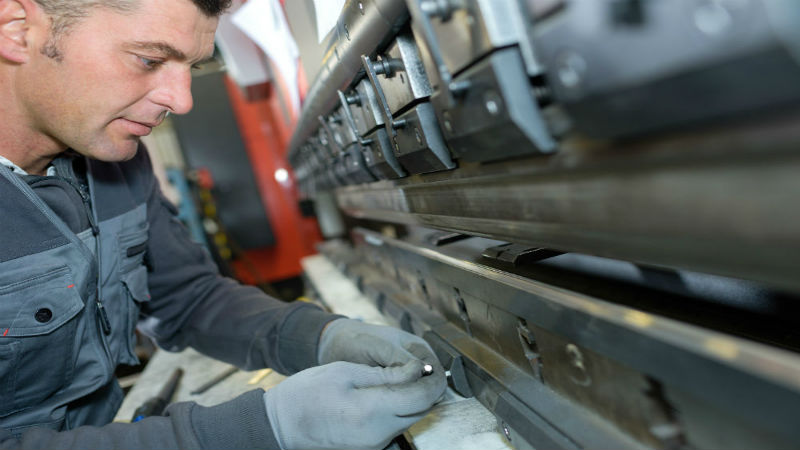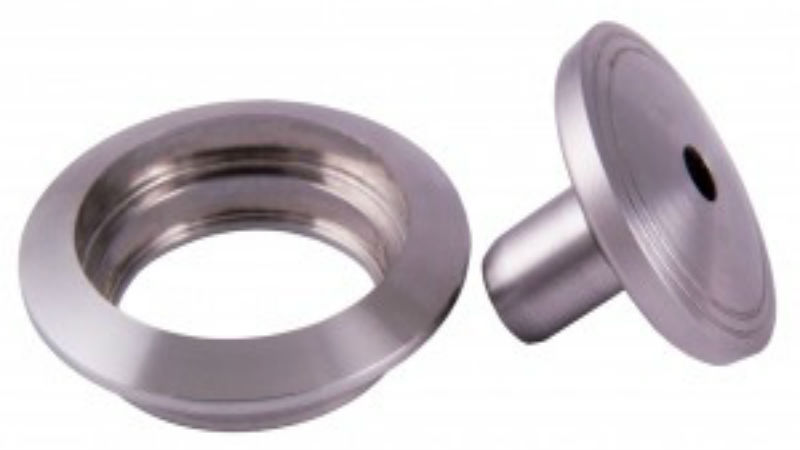When your business needs rechargeable batteries, you have several options to consider. Two of the best options are nickel cadmium (NiCad) and (NiMH) nickel metal hydride battery packs. But which product should you choose for your company? Let’s take a closer look at both technologies to help you decide.
NiCad Batteries
Nickel-cadmium batteries have a long history of success. In fact, the first NicCad batteries appeared at the turn of the 20th Century, over 100 years ago. They are called wet cell batteries and come in all kinds of sizes and shapes. Due to toxicity, one must properly dispose of NiCad products.
NiMH Batteries
Nickel metal hydride battery packs have similar characteristics to NiCad. However, instead of cadmium, they use an alloy which absorbs hydrogen. This eliminates toxicity issues, so there are no environmental concerns with disposal. Also, these batteries can store more energy than NiCad batteries.
NiMH or NiCad Batteries?
When it comes to shelf-life, Nicad wins out. In fact, NiMH batteries can lose as much as thirty percent of their charge after sitting idle for about one month. Do you need an uninterruptable source of power for your desktop computer systems? If so, NiCad is the best choice, due to its ability to hold a charge.
Do you want batteries which can charge quickly? NiMH batteries are the best choice. Charging NiMH batteries can take as little as three or four hours. Most NiCad batteries need about 12 hours or so to recharge fully.
Do you plan to produce cordless power tools? NiCad batteries are best for this purpose. NiCad handles quick power discharge better and is difficult to overcharge. Both NiCad and nickel metal hydride battery packs have many uses. Your battery pack contract manufacturing company can help you choose the best power supply system for your electrical products.


